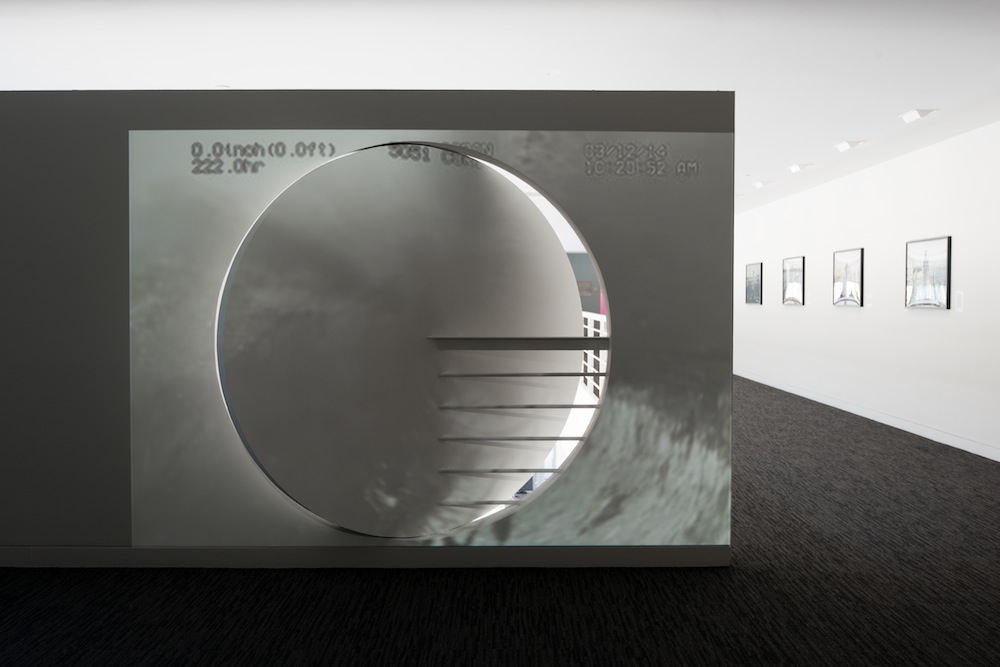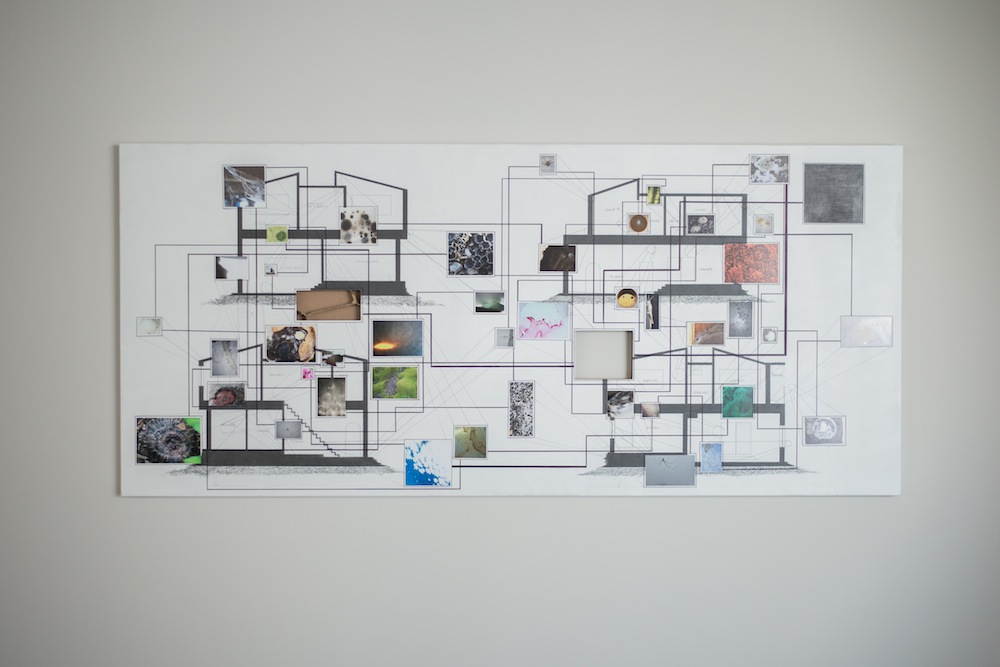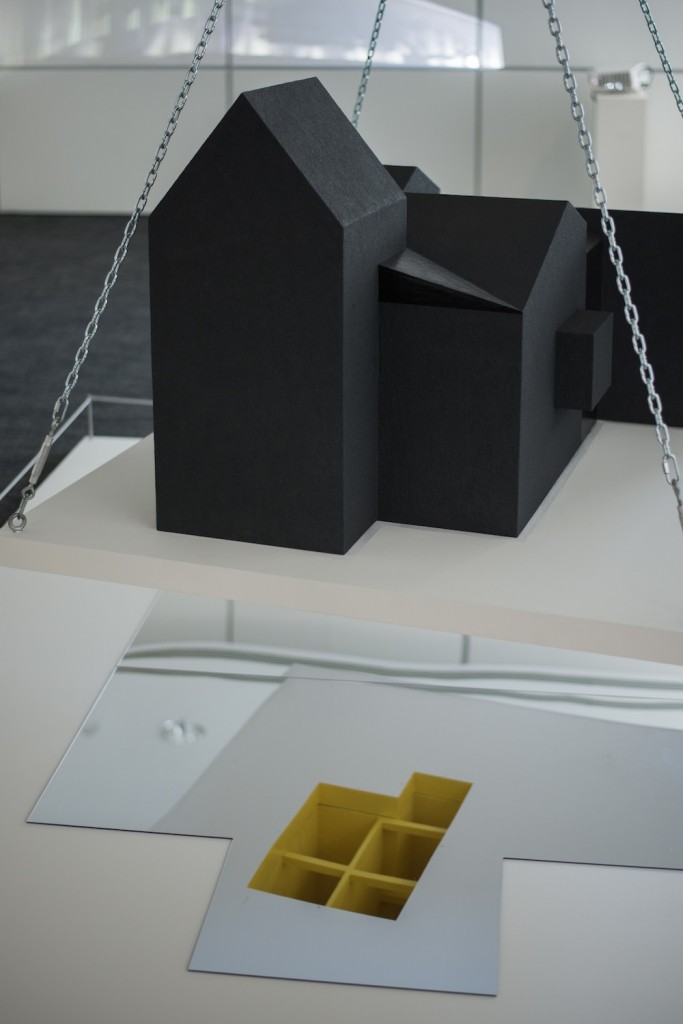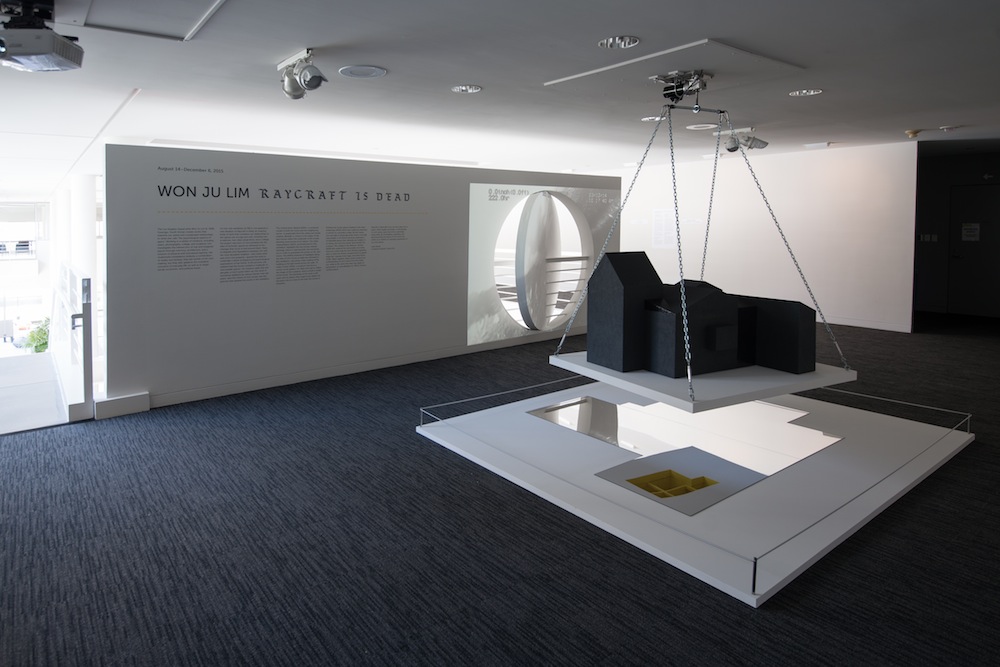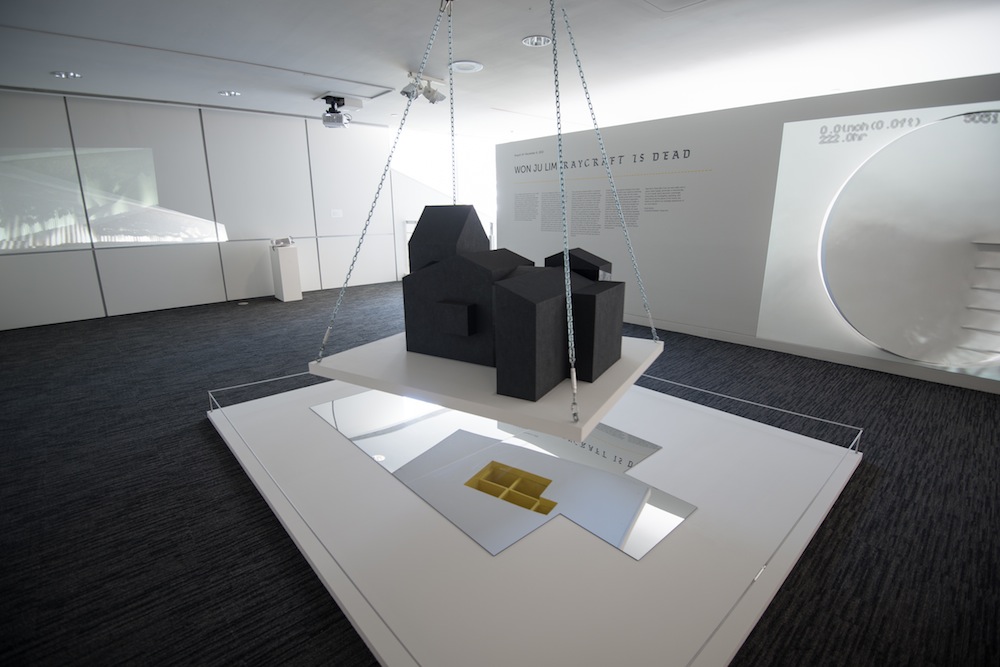Your story in few lines with a specific hint about your childhood
I grew up in San Francisco, which is where I live now. My family encouraged curiosity and learning, and I was always reading as a child. Once we began to travel, I think it ignited both an interest in art and a love of travel, which has stayed with me throughout my life. I went to Wellesley College (in Massachusetts) for my undergraduate degree. It’s one of the few remaining women’s colleges in the United States and I’m fiercely proud of my time there. During college I studied abroad for a year in Amsterdam, after falling in love with the city during a family vacation in high school. It’s still today the most magical city in the world for me. It’s also where I first had an inkling that the art world was somewhere I wanted to be—I remembered walking around the Rijksmuseum and feeling at home.
After college I lived in Los Angeles for three years and I loved every minute of it—there’s something glorious about living in a place with so much sun. After that I moved to New York for graduate school in art history at the Institute of Fine Arts, where I focused on 17th Dutch painting. It’s still funny to me that I ended up in contemporary art; however, I think my focus on something other than contemporary art in my studies is what gives me a different perspective in what I do now—I’m always eager to dig into the deeper history and to make those connections that go farther back. Sometimes I feel deeply anachronistic, like I’m from another time, and I really think it ties back to my love of earlier periods.
Finally, after four years in New York I moved back to San Francisco to be closer to my family, and here I am, six years later!
As curatorial assistant at the Yerba Buena Center for the Arts which is the task that represents you better and which could be your natural development in this field?
There are so many aspects to my job that I love, but working with artists is one of the best things I get to do. To work with someone and help them realize their projects is thrilling and rewarding. I also like the behind-the-scenes aspects of making an exhibition come together, the parts that the public never really sees: research, writing, working on graphics, discussing floorplans. It’s all of the little pieces that you put together to make one larger whole.
I’ve just recently started curating my own shows, and hope to do more of them. It’s been terrifying but exhilarating to implement something of my own. I hope to be in this field for a long time, in a curatorial capacity.
You had a degree in Political Sciences prior to commit yourself totally to visual art: which were your desired positions at that time?
In college, I studied both political science and art history, and loved them both. For me, learning about the American government was absolutely fascinating, and some of my favorite courses were in American politics (one of the required subtopics of political science). I think everyone (in this country) should have to learn how our constitution works, how the judicial system functions, what your rights are as a citizen—all of the things that impact our lives on both a daily basis and in the larger picture. When I graduated, I didn’t know what I wanted to do, so I worked in a small law firm for three years before returning to art history. It was the best decision I could have made. I learned so much, not just about legal matters, but about life in general.
Which is your approach with the older colleagues in your team and when do you enjoy more: once the first loan reaches your premise or at the opening day for the press?
Most of my colleagues are very close to my age—including many of the senior staff. That said, I try to treat all of my colleagues with respect and understand that everyone is trying to do their job to the best of their ability. My specific team is very close-knit and we work well together, which makes it fun to come to work every day.
Once we begin the installation, I really do enjoy it all. It’s always exciting and rewarding to see work that you’ve been thinking about in person for the first time, but then there’s also that special moment when everything is finally done and you can see the bigger whole. But it’s really the whole process in between that I love—the flurry of movement, the camaraderie, watching the support mechanisms come into place, and then seeing the works go up.
What does your institution plan for education and to enlarge the audience?
Because we’re a multidisciplinary arts center and not a traditional museum, we don’t have a typical education department. Our civic engagement department, however, is looking to make our educational initiatives more robust. We have a long-standing program called Young Artists at Work (YAAW), which is a year-long internship for high school students, and we’re working to integrate their curriculum into the existing programming. We’re experimenting with a lot of new ways to reach beyond our physical space and into the larger Bay Area community, both within the arts and in a more civic-minded way. We’ve piloted a group of networks drawn from the staff’s colleagues and friends, and each one investigates a different topic: the urban future, ecology, economy, and labor. In addition to the networks, we’re also working on our second iteration of the YBCA100, which is group of artists, thinkers, writers, and leaders who inspire the staff. So we’re reaching out in different ways to engage the various communities that inspire us and who we want to work with to make the center a really dynamic, and vital, part of the Bay Area and beyond.
Among your other passions, is being a sport supporter the major?
Yes! I have followed the San Francisco Giants (baseball) for more than twenty years. Only in the past few years have they begun to win the championships, and I have so many great memories from these wins. The best, of course, was the first time they won in 2010. It’s great to be known as the biggest fan in the office because I always get offered extra tickets first.
Which is the most important achievement you obtained as curator and which is, on the other hand, the one as the more intimate yourself?
The most important achievement so far has been curating my first show, which just opened in August. This was something that I had been working towards for quite some time, and it was important not just to be able to say I curated a show, but for the incredible learning experience. It took me out of my comfort zone to take on the role of selecting and working with an artist, make decisions throughout the process, and, most importantly, ask for help when I needed it. So in a professional way, it was enormously challenging and rewarding. On a more personal level, at the same time, I was working on a larger exhibition that we took on as a traveling exhibition, Radical Presence: Black Performance in Contemporary Art. Taking the lead on this project allowed me to work closely with the original curator and the many artists we brought out for performances, and simply put, it has changed my perspective on so many things, both in the art world and beyond. I am deeply grateful for this experience and will take it with me for the rest of my career. It has been interesting to have these parallel experiences of working on something that is mine and something that is shared, and to realize that at the end of it, the shared exhibition has been the experience that has impacted me so deeply.
Which encounters do you normally have in your daily work routine?
While each day is pretty different—it really depends on the projects I’m working on—I have certain things that stay the same. Every morning and evening it’s a fight to get on the buses that are getting more and more crowded. It’s interesting that I’ll see some of the same people but rarely talk to them. For me, the bus is my quiet reading time. I tend to get to work on the earlier side and there’s a few of us that are there before 9 AM, and there’s a certain camaraderie that develops among us.
What your city is giving to you and vice versa?
San Francisco is in many ways a tough place to live right now. It’s vibrant with a lot of people doing important and creative things, but at the same time, it’s getting to be prohibitively expensive for many people—more so than New York. There’s a loss of balance there. It’s hard for me because it’s my hometown, but it’s only affordable because I moved into my rent-controlled apartment five years ago. I wouldn’t be able to afford to move here now. I also work in the center of the business and technology community, and I find myself frustrated and angry because I don’t see the same support for the arts as I see for these other sectors. And I don’t just mean financially, although of course that’s part of it. On top of all of that, we’re going through a severe drought so there’s climate issues as well, and the entire state is in something of a crisis. But despite all of that, I still love my city. It’s one of the most beautiful cities in the country and it really is a site of creative inspiration, whether you’re in the arts or technology or food or any other industry. I hope that by working in the non-profit sector in an arts organization, I am helping to keep the independent and feisty spirit of the city alive.
Describe a fantastic happening you have had in recent time
Going to Venice! I had been hoping to go to the Venice Biennale and it was a promise to myself that I would go this year. It was really important to me to keep that promise, as it was a reward for a lot of hard work and something I felt was important to do in my field. The whole exhibition was better than I could have imagined, and I spent about six days looking at art for eight hours a day. What I really loved was that because the satellite exhibitions are spread throughout the city, it forces you to explore Venice in a different way—avoiding the main tourist sites and walking down unexpected streets. I got lost a fair amount but it was so much fun. And I met Diana!
Can you share your favourite cooking passion?
I’ve only really started to cook in the last couple of years—it just never interested me that much before. For me it’s not so much a certain dish or style that’s a passion, but that I have discovered a joy in cooking that I never had before. There’s such a pleasure in creating, and then eating, a meal. Or finding a facility in what I’m doing that I never expected—having all of the ingredients necessary for a recipe, being able to swap out one ingredient for another because I know it will work, experimenting. As I’ve enjoyed it more, I’ve gotten better, and then that makes it even more enjoyable. I also love sharing recipes with family and friends.
Which is your favourite wine or drink?
I love wine—apparently, it was one of the first things my current co-workers knew about me! I’ve discovered that I love Sauvignon Blancs from New Zealand, and I drink them almost exclusively. When I drink red, I’ve started to enjoy Italian reds: Nebbiolos, Montepulcianos, and Sangioveses. Also Lambrusco! Oh, and I enjoyed trying Croatian wines while I was in Croatia. I even bought a couple of bottles to try when I returned from a wine shop near my work.
Which is your music or the book(s) with you now (and on which kind of side table or desk the book(s) lies down now)?
I’m a huge reader, and feel somewhat lost if I don’t have a book to read. I’m currently reading Ta-Nehisi Coates’s Between the World and Me. When I finish that, I have Rebecca Solnit’s A Paradise Built in Hell. These books are a bit unusual in that they’re both nonfiction—generally I read fiction. One thing I want to note is that I’ve taken them both out of the San Francisco Public Library, which is how I read as much as I do. The public library is one of our greatest civic resources and the main branch in San Francisco is a like a city unto itself—a real cross-section of society.
My books are either in my bag (I read during my commute), or on my couch, usually.
Which has been the place in this world where you successfully lived “slow”, if this ever happened?
This is something that’s really hard to do, I think. When I lived in New York, I remember needing to get out of the city every so often just to be able to slow down, and San Francisco is becoming that way as well. Usually I use my weekends to slow down, and spend time in my apartment. Reading and cooking are actually the ways that I can slow down the best. It allows me time to think, to relax, and to just enjoy what I’m doing in the moment.
Which is a talent you have and the one you miss?
I wish I knew so many languages: Italian, German, French, Dutch. I studied Spanish in schools for years but would like to brush up on that as well. I learned a bit of Dutch while living in Amsterdam, and had to pass reading tests in French and German for my Master’s degree, so I have all of these bits and pieces of different languages floating in my head—but no fluency in any of them. I adore languages and always enjoyed learning them, but have never really done so outside of a school setting. I always talk about going back and learning more but never feel I have the time. I always had a facility in learning other languages, however, so maybe I can use that talent to achieve the others!
What have you learnt from life until now?
Life is hard, but there are so many moments of joy. You just have to know where they are and how to look for them. There’s no simple solution to happiness, but it helps to know what you want—something I’m still learning.

